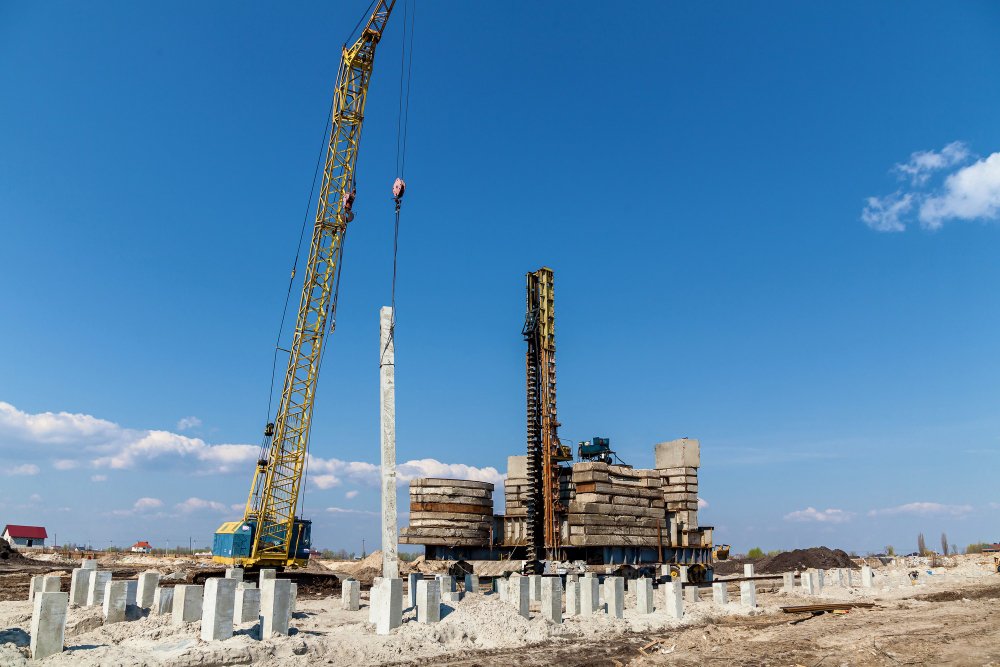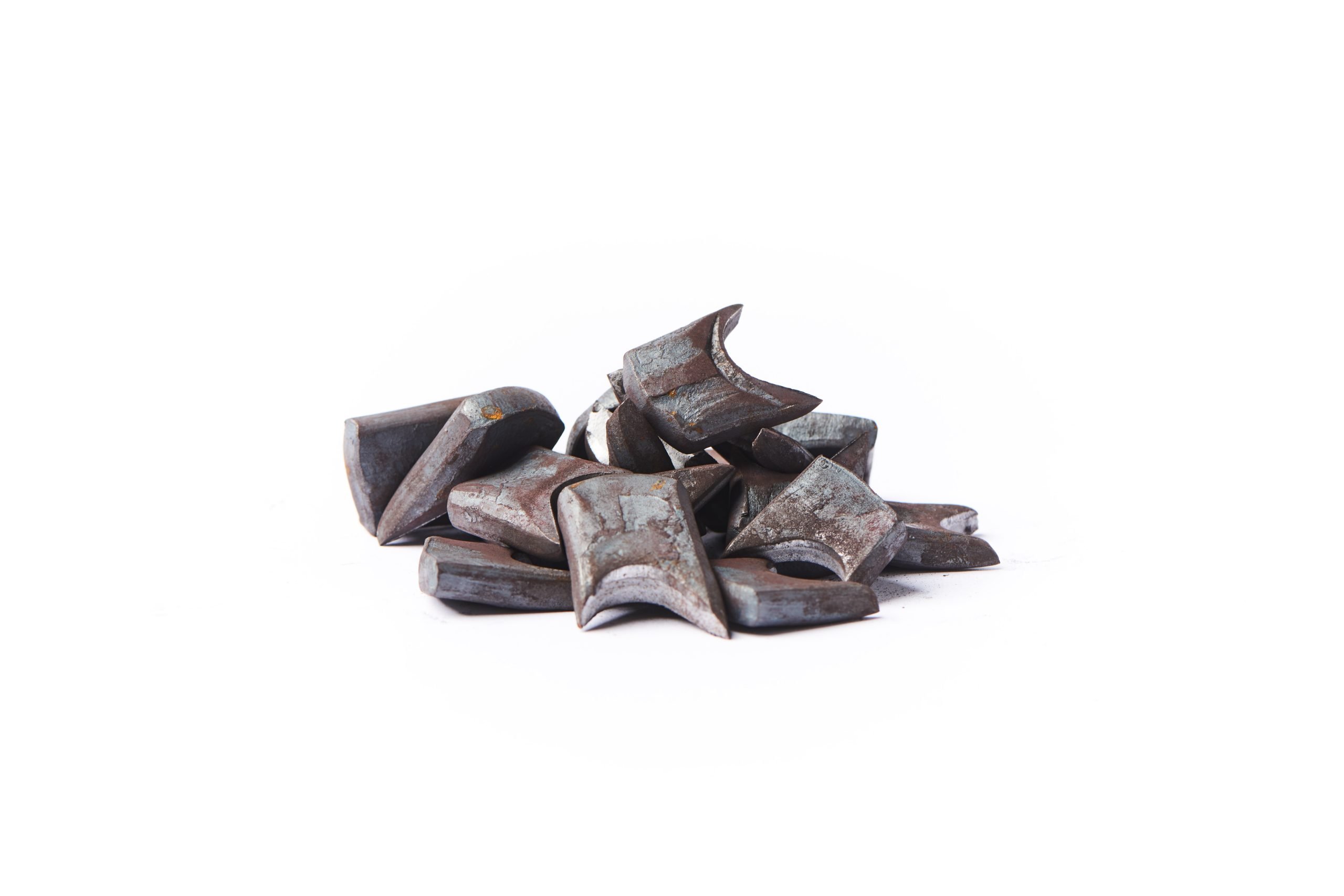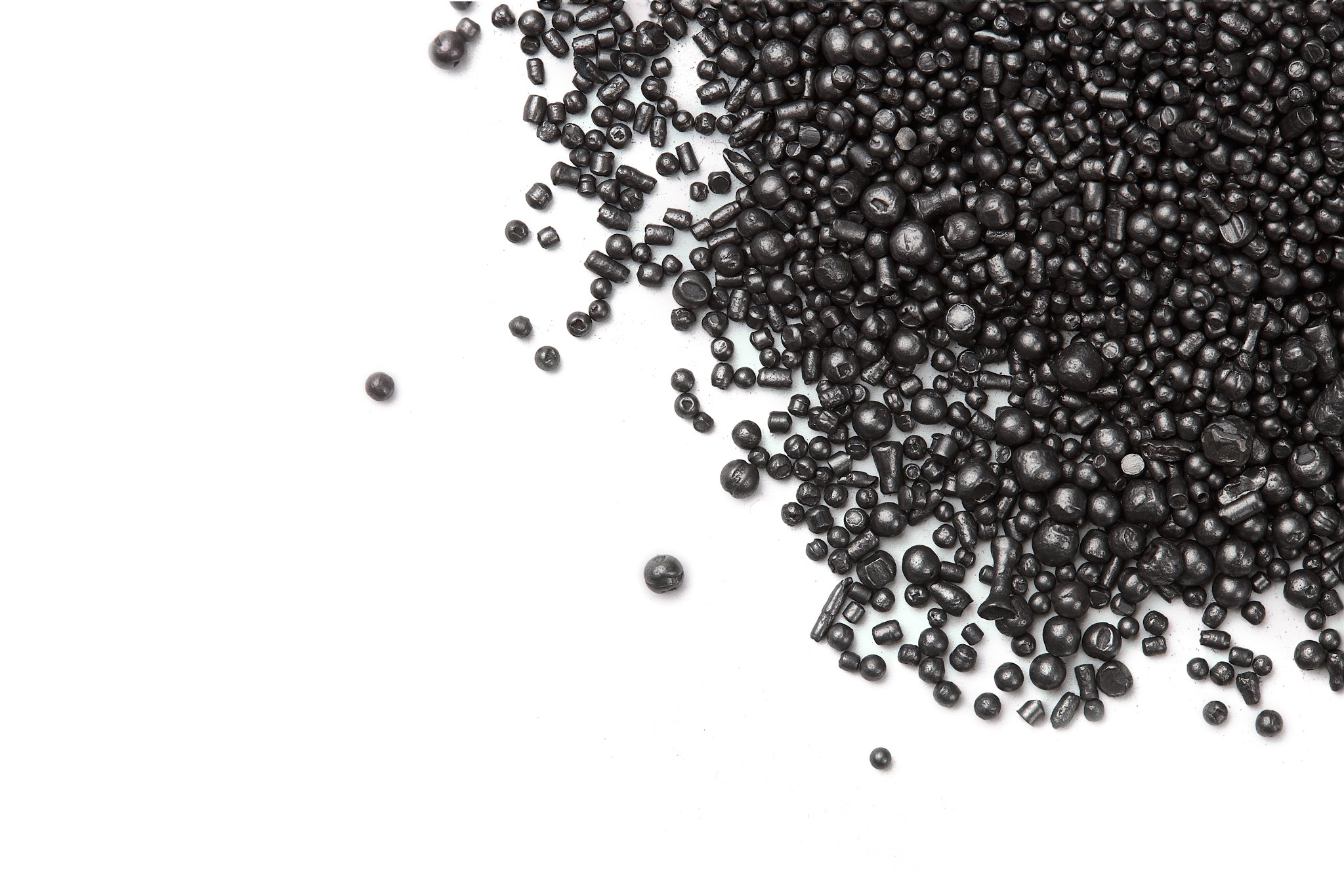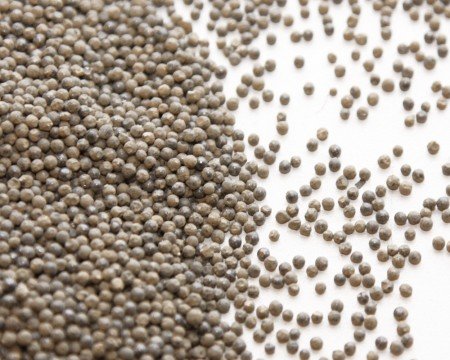
The application of ballast products within different industries
Within numerous industries, ballast products made of a variety of materials have become indispensable. Steel and lead, in particular, are often used. Concrete is also frequently used. Of these three materials, lead has the highest specific weight. At ballast-products.com, you have come to the right place for both lead blocks and lead pellets. These can be used within the shipping industry. But also as counterweight at bridges and cranes, and for stabilising machinery.
Bridges and cranes
For centuries, ballast has been used to keep bridges working properly. And to keep cranes to which high weights are attached on the ground. Designers try to devise structures that are big, strong and light at the same time. Almost always, the forces are balanced in the same way. When lifting is required, the counterweight plays an important role. Think, for example, of a drawbridge or a lift. The weight and the counterweight both rotate around an axis.

The counterweight: made of high-density material
Both weights must be balanced with each other. The counterweight formed by ballast products made of lead or steel, for example, keeps the whole system in balance. Apart from bridges and cranes, we also encounter counterweights on numerous fairground rides. If this were lacking, such objects could just fall over. And the consequences are often incalculable. Of course, a counterweight always consists of a material characterised by high density. For this reason, lead and steel are the most important materials for ballast products.



Stabilising machinery
Apart from bridges and cranes, ballast products are also important for many other structures and machines. Like excavators, for example, where lead or steel provides stabilisation. When it comes to machinery, lead is often preferred. The high specific gravity of this material ensures that relatively little space is required to achieve the necessary weight. Are there hard-to-reach areas within the machine? Then these can easily and accurately be filled using lead pellets.
An indispensable component within shipping
Already in the distant past, people were aware of the importance of ballast within the hull of a ship. Back then, people mainly used stones and sand. Nowadays, lead ballast is mainly used. Ballast comes in different forms, such as lead blocks and lead pellets. The latter are especially preferred when space is very limited. Lead is not only characterised by its high density. Its resistance to corrosion is another important property, which is of great added value, especially within the shipping industry.





